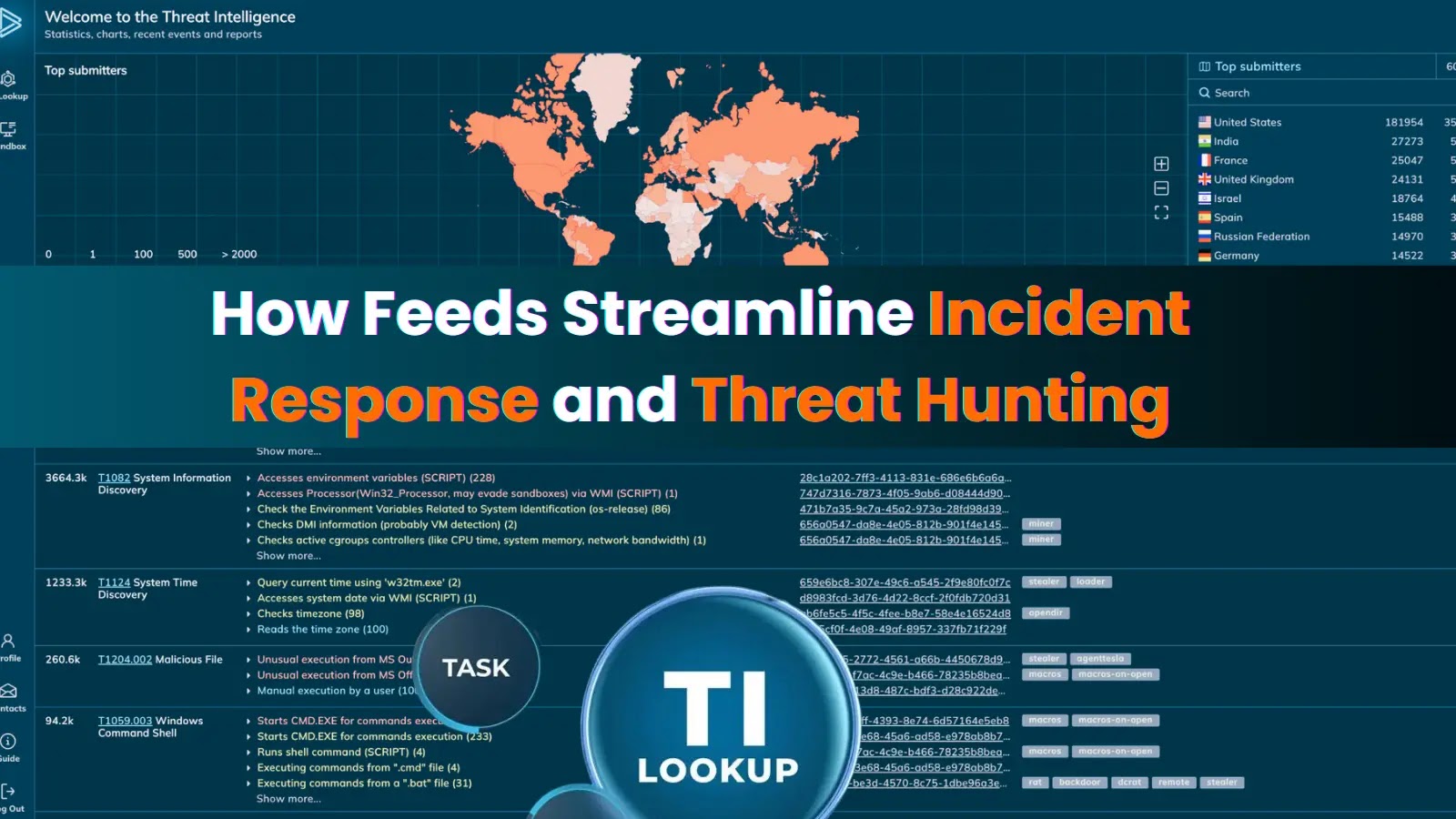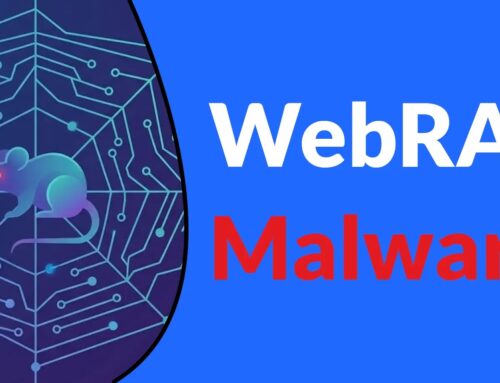
How IOC Feeds Streamline Incident Response and Threat Hunting for Best SOC Teams
For Security Operations Center (SOC) teams, time is an unyielding adversary. The speed at which an intrusion is detected, confirmed, and contained directly dictates the extent of an organization’s damage. In this high-stakes environment, raw indicators of compromise (IOCs) – such as file hashes, IP addresses, or domain names – serve as critical initial alarms. However, their standalone value is often limited. While they flag potential threats, without crucial context and real-time integration, their utility in a dynamic threat landscape diminishes. This is where the strategic implementation of IOC feeds becomes indispensable, transforming scattered data points into actionable intelligence that empowers faster, more effective incident response and proactive threat hunting.
The Challenge with Raw IOCs in Incident Response
While an IP address flagged in a log or a suspicious file hash can indicate malicious activity, individual IOCs provide only a fragment of the complete threat picture. Imagine finding a single piece of a jigsaw puzzle – it tells you there’s a puzzle, but not what the final image is. Similarly, a raw IOC might signal a threat, but it won’t immediately tell you the attacker’s motive, the attack vector, or the potential impact on your systems. Without this broader context, incident responders can waste valuable time chasing down false positives or struggling to prioritize genuine threats amidst a deluge of alerts. This lack of contextual richness can significantly hamper the speed and efficacy of containment and eradication efforts.
How IOC Feeds Elevate Incident Response
IOC feeds aggregate vast amounts of threat intelligence from diverse sources – including security vendors, research organizations, government agencies, and industry sharing groups. These feeds don’t just supply raw data; they often enrich IOCs with crucial metadata, such as:
- Threat Actor Attribution: Linking IOCs to known malicious groups or state-sponsored actors.
- Malware Families: Identifying the specific type of malicious software associated with an IOC.
- Campaigns: Grouping related IOCs that are part of a larger ongoing attack operation.
- Confidence Scores: Indicating the reliability of the intelligence.
- Timestamps: Providing context on when the IOC was observed or became active.
This contextual augmentation allows SOC teams to move beyond mere detection to informed decision-making. When an alert triggers based on an IOC from a feed, analysts immediately gain insights into the potential nature and severity of the threat, enabling a more targeted and rapid response.
Streamlining Threat Hunting with Enriched IOCs
Threat hunting is a proactive security discipline where analysts search for threats that have evaded automated defenses. While raw IOCs can serve as starting points for hunts (e.g., searching logs for a known malicious IP), enriched IOC feeds provide significantly more powerful ammunition. Consider the following:
- Behavioral Patterns: IOC feeds often include behavioral patterns or TTPs (Tactics, Techniques, and Procedures) associated with specific threat groups. This allows hunters to search for common attacker methodologies rather than just individual artifacts.
- Proactive Identification: By feeding new or emerging IOCs into SIEMs (Security Information and Event Management) or EDR (Endpoint Detection and Response) systems, SOC teams can automatically scan historical and real-time data for indicators that might predate their detection systems.
- Prioritization: High-fidelity IOCs from trusted feeds, especially those linked to active campaigns targeting similar industries, guide hunters to focus their efforts on the most pertinent threats. For instance, intelligence on a specific ransomware strain like WannaCry (related to CVE-2017-0144, a vulnerability exploited by EternalBlue) or Log4Shell (CVE-2021-44228) within a feed would instantly prompt a targeted hunt for associated activity.
- Faster Correlation: Integrated feeds allow for quicker correlation of disparate events. A suspicious login from an unfamiliar geographic region combined with a file hash found in an IOC feed might rapidly confirm a potential breach, accelerating the investigation.
Integrating IOC Feeds into the SOC Workflow
Effective integration of IOC feeds is crucial for maximizing their value. Key integration points include:
- SIEM Systems: Ingesting IOC feeds into a SIEM allows for real-time correlation against logs from various sources (firewalls, endpoints, servers, applications).
- SOAR Platforms: Security Orchestration, Automation, and Response (SOAR) platforms can automate the enrichment of alerts with IOC data and trigger automated response playbooks.
- Threat Intelligence Platforms (TIPs): Dedicated TIPs are designed to ingest, process, enrich, and distribute threat intelligence, acting as a central repository for all IOCs.
- Firewalls and IDS/IPS: Direct integration allows for automatic blocking of known malicious IPs and domains, providing an immediate layer of defense at the network perimeter.
Remediation Actions and Best Practices
Leveraging IOC feeds is a continuous process that requires strategic implementation and refinement:
- Select Reputable Feeds: Not all IOC feeds are created equal. Prioritize feeds known for accuracy, timeliness, and relevance to your industry and threat landscape. Consider both open-source and commercial options.
- Automate Ingestion: Manual ingestion is inefficient and prone to errors. Automate the process of feeding IOCs into your security tools to ensure real-time updates.
- Contextualize and Prioritize: Don’t treat all IOCs as equal. Use confidence scores and contextual data to prioritize alerts and hunting activities.
- Implement De-Duplication and Filtering: High volumes of IOCs can lead to alert fatigue. Implement mechanisms to de-duplicate entries and filter out irrelevant or stale indicators.
- Establish Feedback Loops: Use insights gained from incident response and threat hunting to refine your IOC feed subscriptions and update your internal threat intelligence.
- Regularly Review and Retire IOCs: IOCs have a shelf life. Regularly remove outdated or irrelevant indicators to maintain the efficacy of your defenses and reduce false positives.
The best SOC teams understand that the efficacy of incident response and threat hunting hinges on timely, contextualized intelligence. IOC feeds are not just data streams; they are strategic assets that, when properly integrated and leveraged, accelerate decision-making, enhance defensive capabilities, and ultimately, minimize the impact of cyberattacks. By transforming raw indicators into actionable intelligence, these feeds empower security professionals to move from reactive defense to proactive cyber resilience, safeguarding their organizations effectively in an ever-evolving threat landscape.





